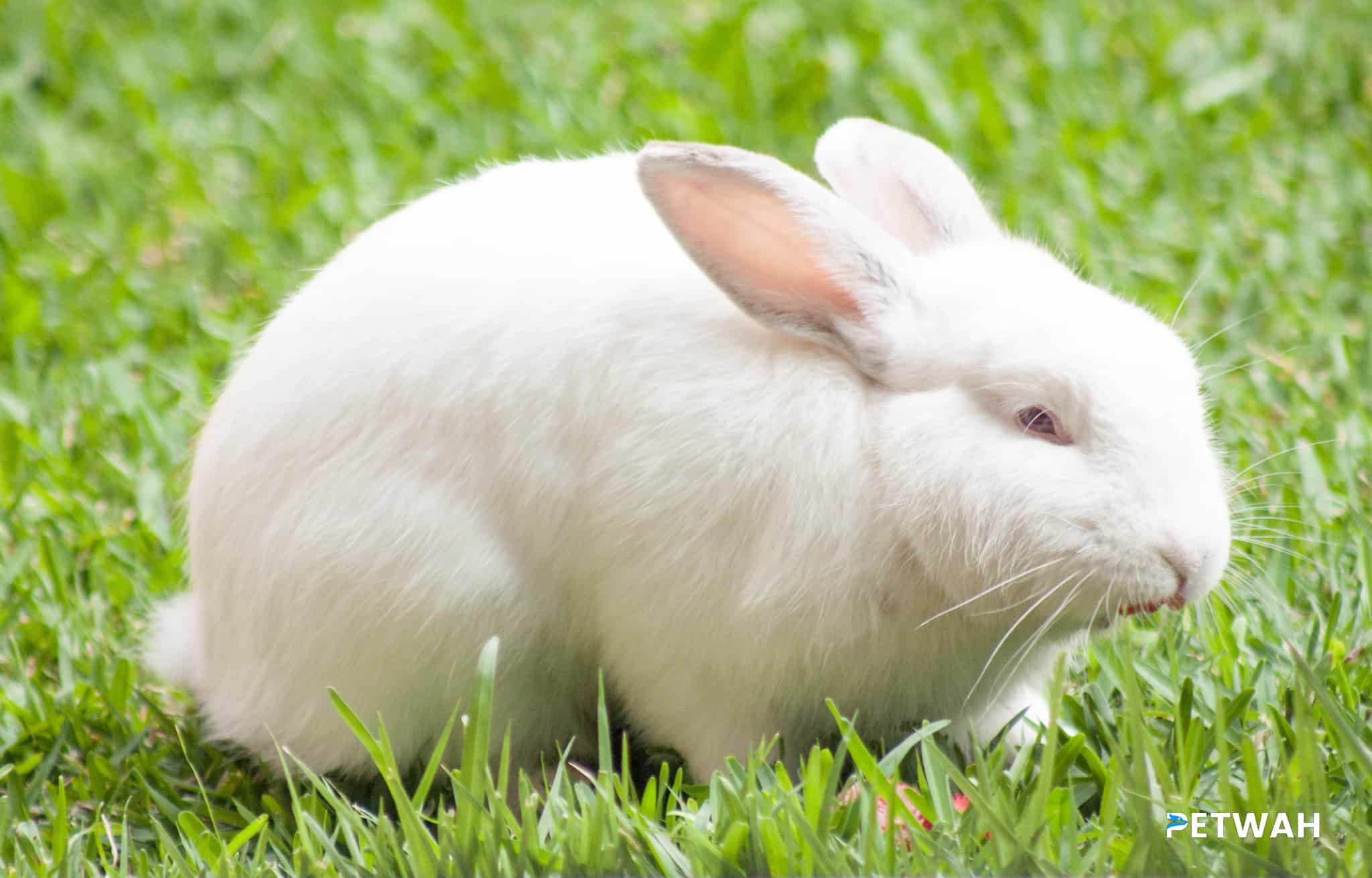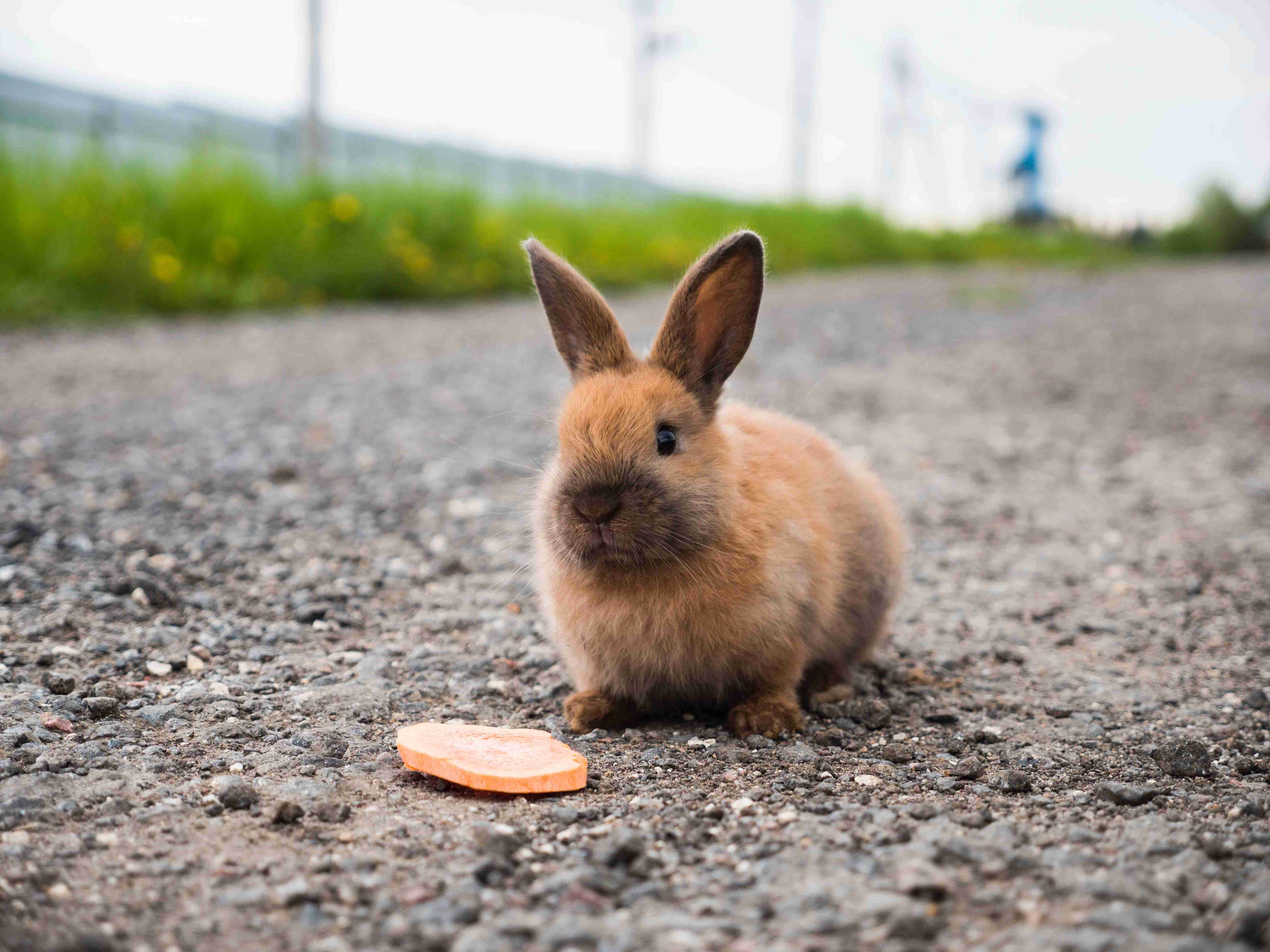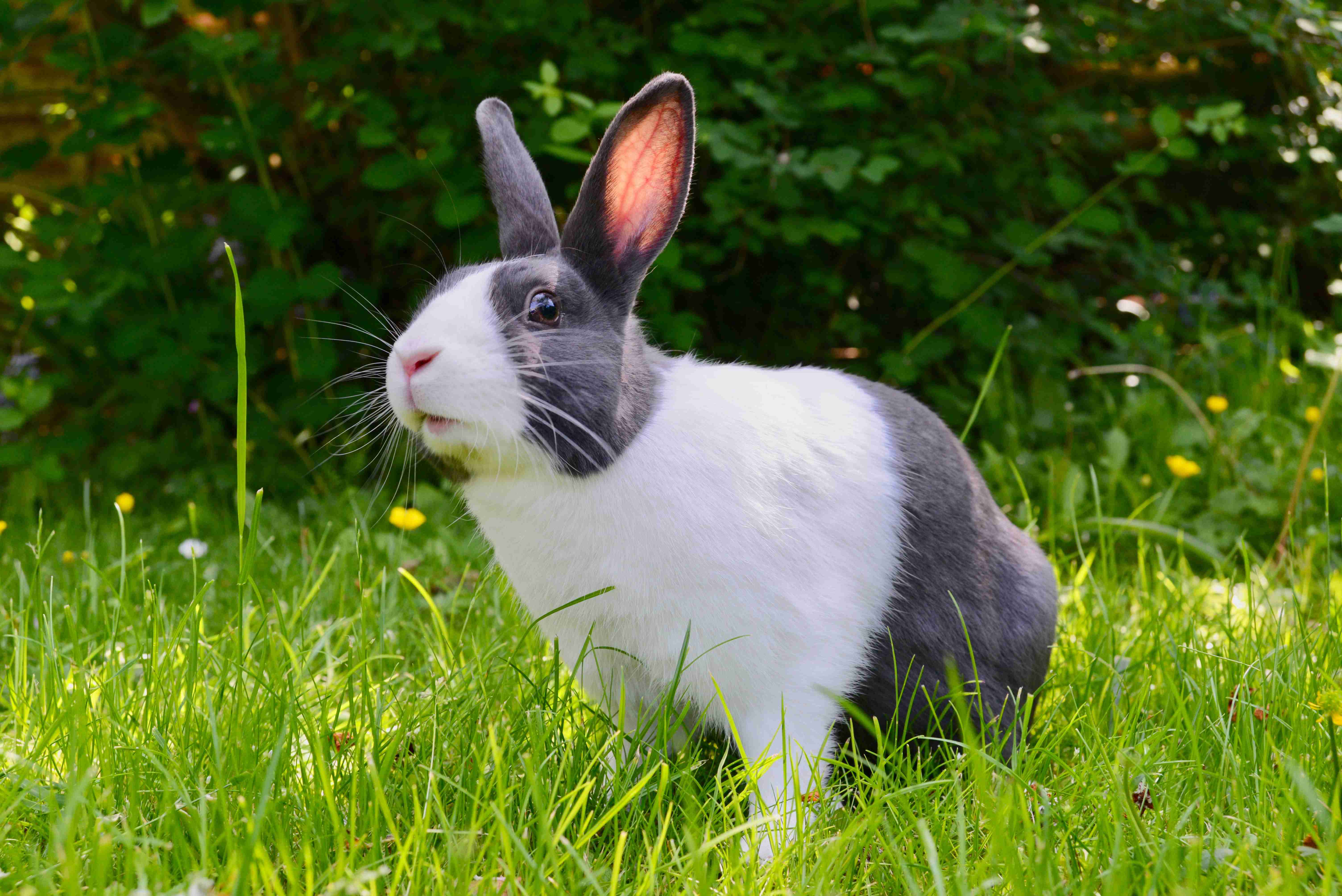If you’re a proud owner of a pet rabbit, you know that these furry creatures are full of personality and charm. They’re playful, curious, and can make great companions for the right person. However, understanding your bunny’s behaviors and body language can be a bit tricky, especially if you’re a new rabbit owner. That’s why we’ve put together this guide to help you explore some of the most common behaviors of pet rabbits. By the end of this post, you’ll have a better understanding of what your bunny is trying to tell you and how you can provide them with the best possible care. So, let’s hop right in!
Rabbits are adorable, cuddly and make great pets. Their behavior is fascinating and if you own a pet rabbit, it’s important to understand their behavior to enhance your relationship with them. Pet rabbits have been domesticated for over 1,000 years and they have developed unique behaviors that are different from their wild counterparts. In this blog post, we will explore some common behaviors of pet rabbits.
- Binkying
Binkying is a term used to describe a rabbit’s happy dance. It’s a sudden burst of energy where the rabbit jumps in the air, twists their body and lands back on the ground. Binkying is a sign that your rabbit is happy and content. It’s a common behavior that you will see in young rabbits, but older rabbits can also binky if they are in a playful mood. -
Thumping
Rabbits have very powerful legs and they use them to communicate. Thumping is a behavior where a rabbit thumps their hind legs on the ground to warn other rabbits of danger. They do this to alert other rabbits of predators or other potential threats. If your rabbit is thumping, it’s best to investigate to make sure that they are safe.
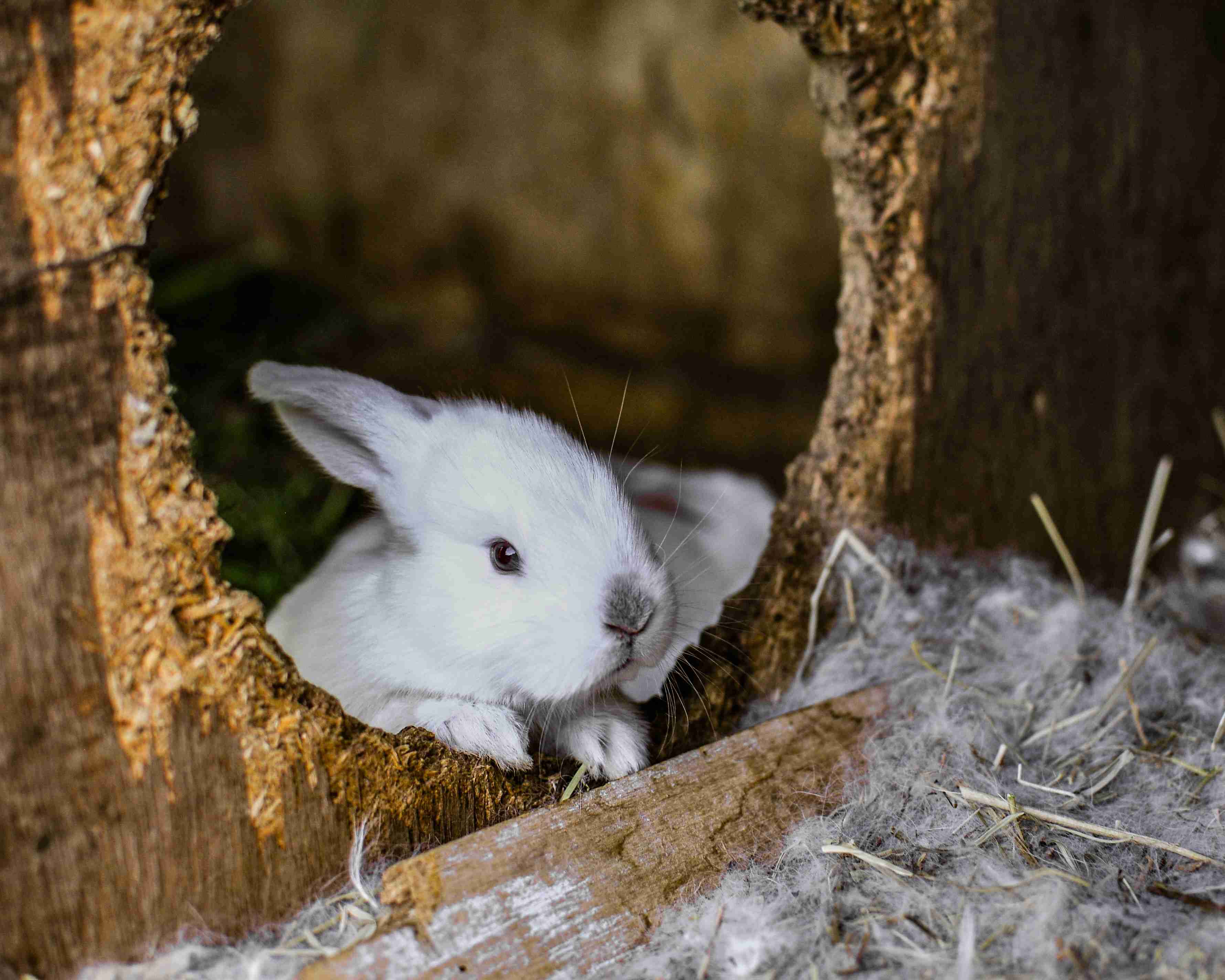
- Digging
Rabbits are natural diggers and they love to dig. In the wild, they dig burrows to live in and to protect themselves from predators. Pet rabbits will often dig in their litter box or in their bedding. If you provide your rabbit with a digging box filled with shredded paper or soft bedding, they will be more likely to use it and less likely to dig in inappropriate places. -
Chewing
Rabbits have a natural urge to chew and they need to chew to keep their teeth healthy. If they don’t have anything to chew on, their teeth can become overgrown and cause health problems. Providing your rabbit with plenty of chew toys and safe items to chew on will help keep their teeth healthy and satisfy their natural urge to chew. -
Licking
Rabbits are social animals and they show affection by grooming each other. If your rabbit licks you, it’s a sign of affection and trust. It’s important to let your rabbit groom you as it strengthens your bond with them.
Overall, understanding your rabbit’s behavior is essential to providing them with a happy and healthy life. By observing their behavior, you can determine if they are happy, content or feeling threatened. Providing them with an appropriate environment and plenty of opportunities to engage in their natural behaviors will help keep them happy and healthy.
In conclusion, understanding your pet rabbit’s behavior is crucial to providing them with the best possible care and creating a strong bond with them. By paying attention to their body language, vocalizations, and habits, you can learn a lot about their emotions and needs. As a rabbit owner, it’s important to be patient and observant, and to seek guidance from a veterinarian or animal behaviorist if you have any concerns. By taking the time to understand your rabbit’s behavior, you can ensure that they lead a happy and healthy life as a beloved member of your family.
Please follow us on Social Media


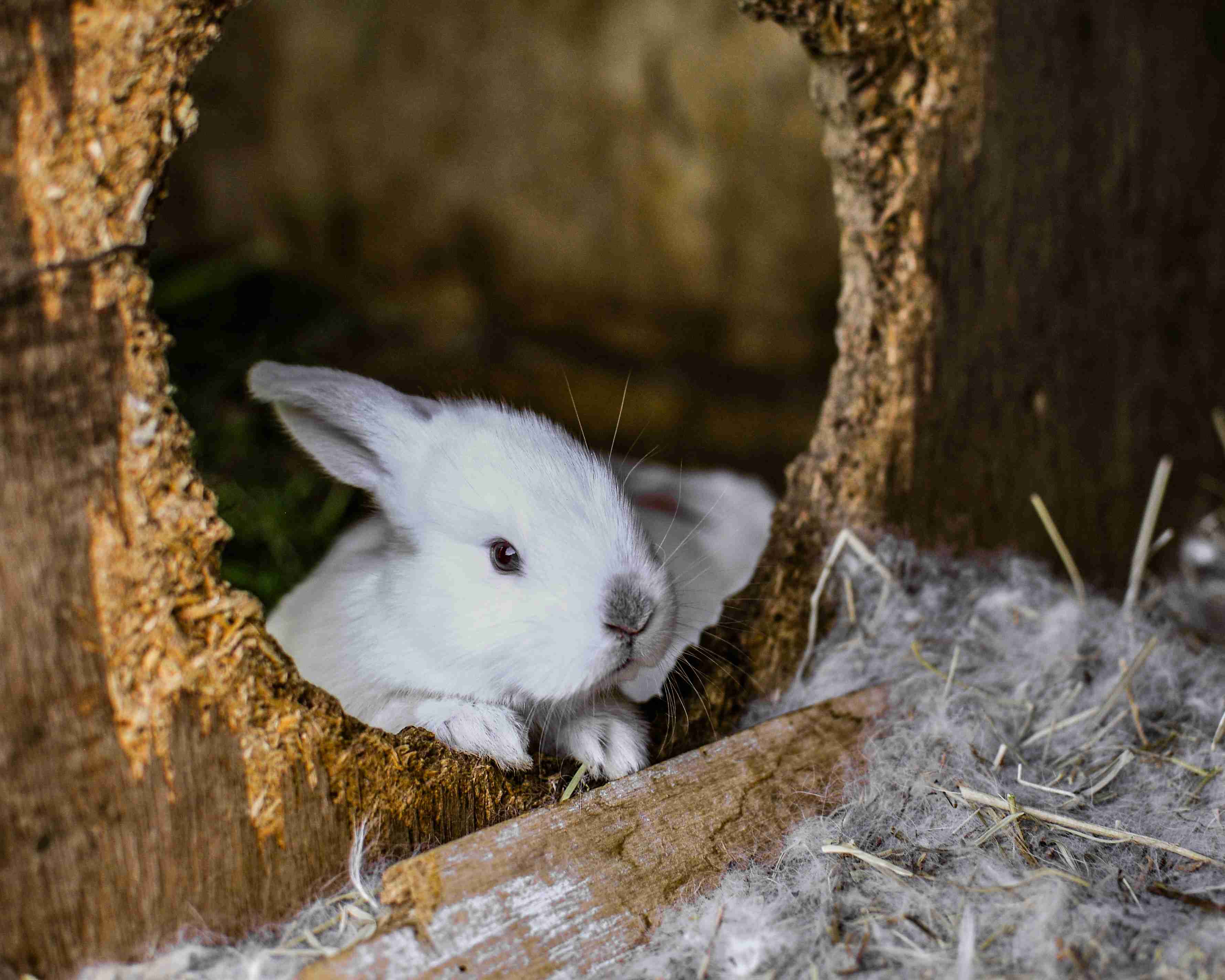
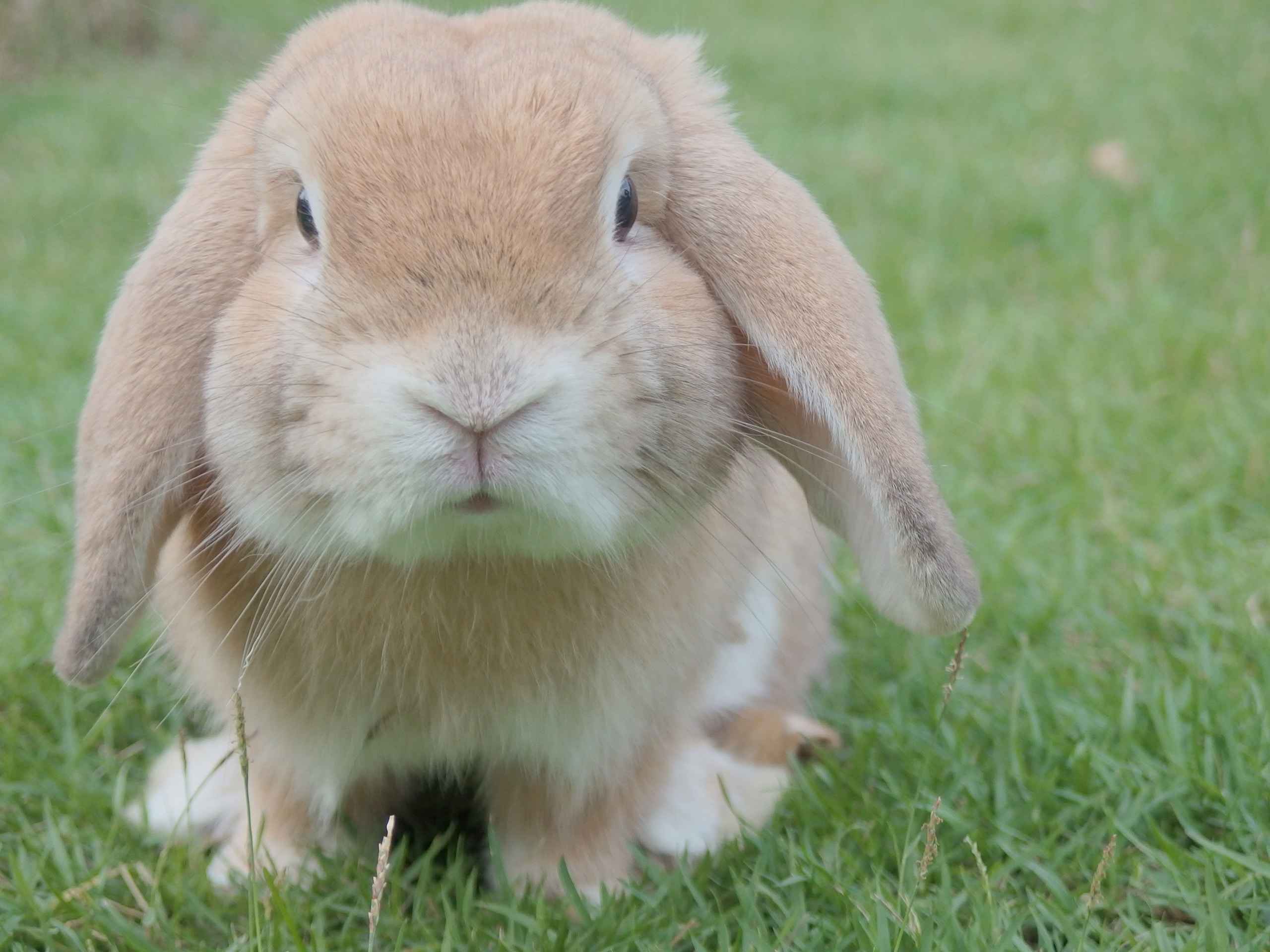
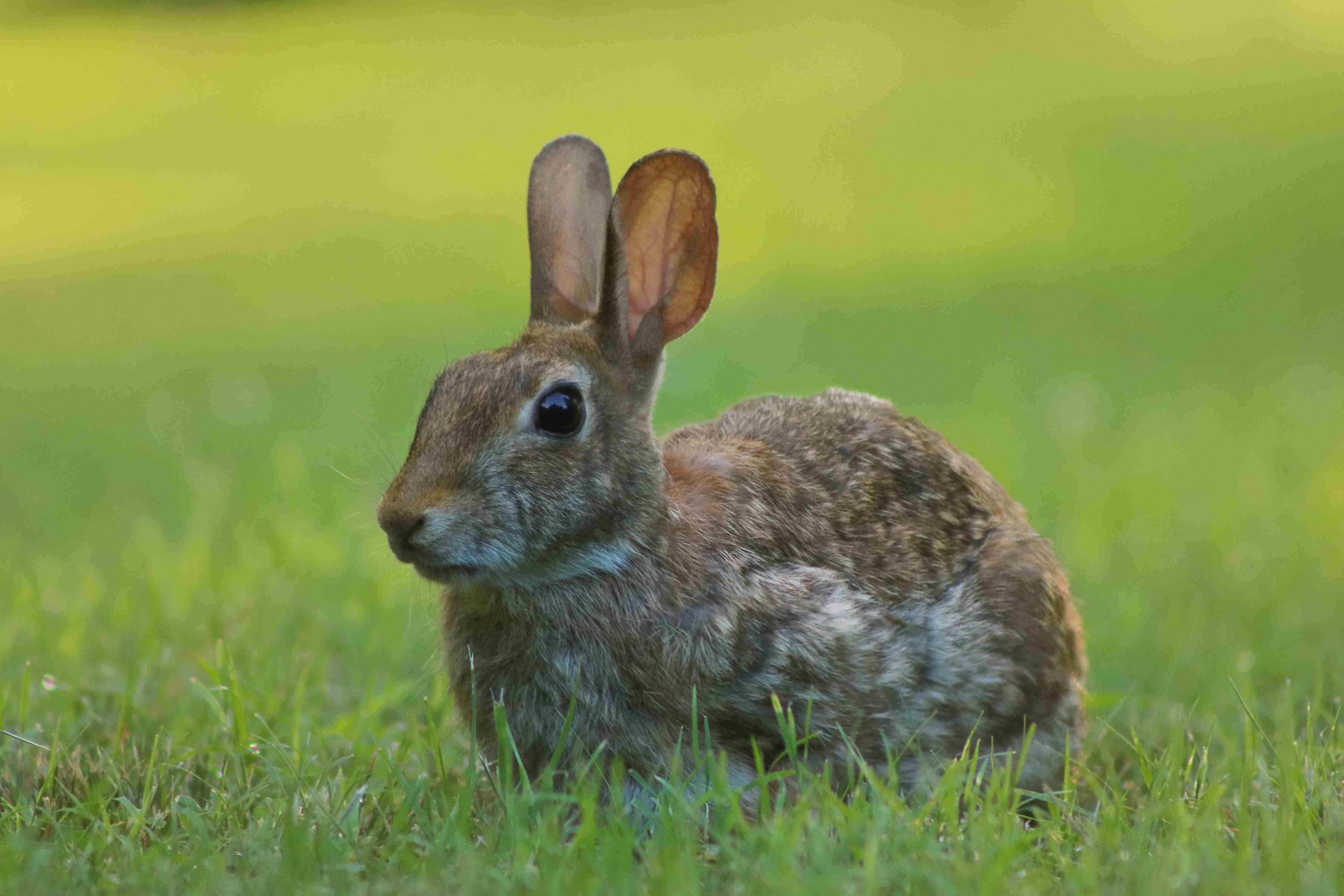
.jpg)
